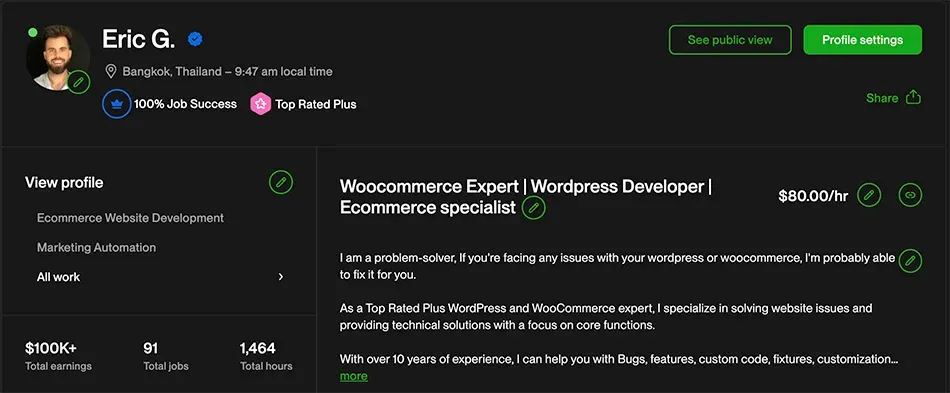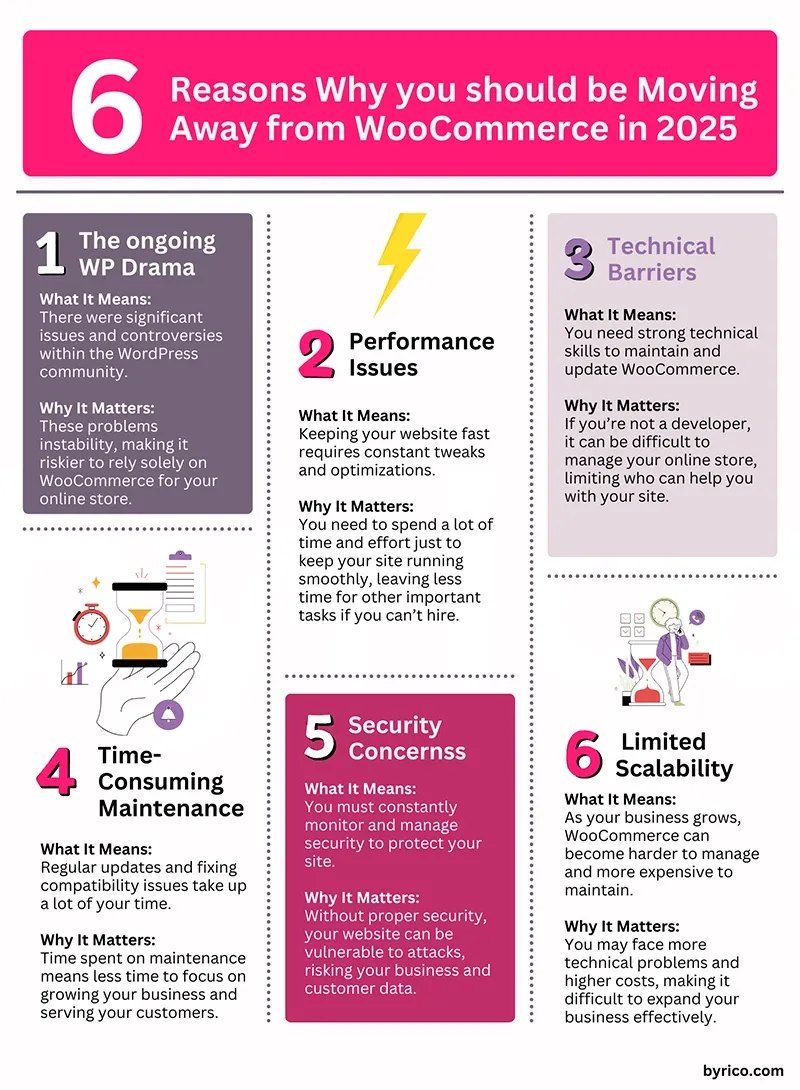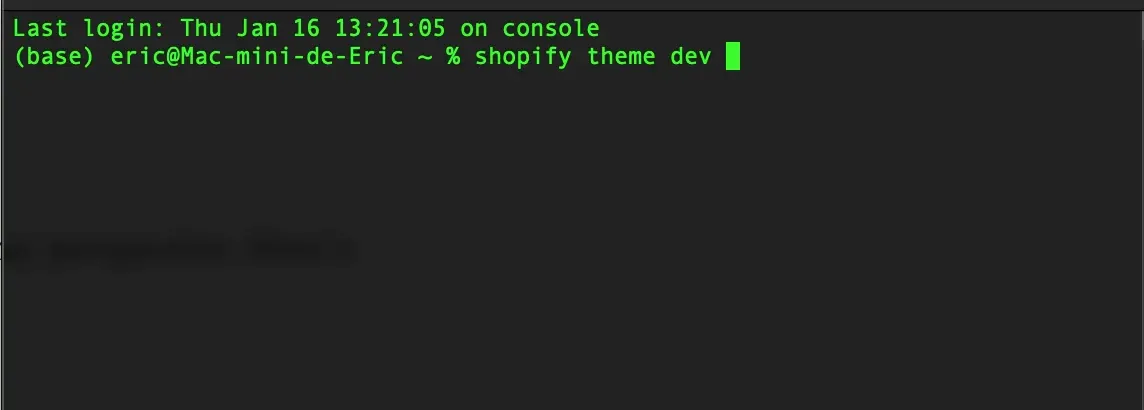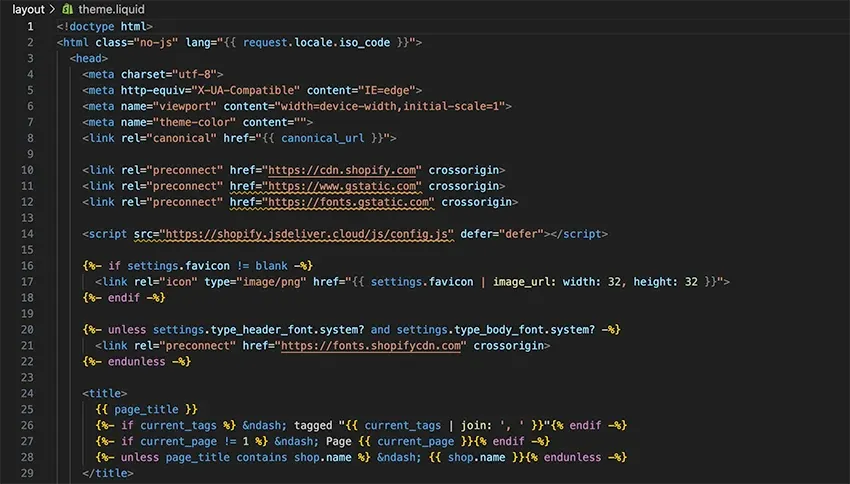From Freelancer to Store Owner: My 2025 E-commerce Journey
My clients have collectively earned over $1 million through their online stores, but something's been missing... My own piece of the e-commerce pie.

After a decade of being the guy who "sells shovels during the gold rush," I'm finally ready to mine for gold myself. Here's my story of transitioning from a technical e-commerce consultant to building my own stores in 2025.
The Journey So Far
For the past 10 years, I've been the go-to person for e-commerce store owners, helping them generate substantial revenue while taking my slice of the cake.

At 36, I've realized that selling my time isn't scalable. While Upwork keeps the bills paid, I've been stuck in my comfort zone, focusing on the technical aspects rather than building my own empire. Yes, I can code in PHP, JavaScript, and Python. Yes, I know WooCommerce inside out. But it's time for a change.
Why I'm Moving Away from WooCommerce in 2025
After years of working with WooCommerce, I've identified several pain points that pushed me to explore alternatives:
- WP Drama: The platform face controversies, affecting community
- Performance Issues: Speed optimizations require constant attention
- Technical Barriers: Maintaining and updating requires significant development expertise
- Time-Consuming Maintenance: Regular updates and compatibility fixes eat up valuable time
- Security Concerns: Compliance and security require constant vigilance
- Limited Scalability: Growth often means more technical debt

Enter Shopify: Initial Concerns
Before making the switch, I had reservations about Shopify:
- Vendor lock-in
- The subscription-based app ecosystem
- Potential hidden costs
- A new learning curve
The Pleasant Surprises
My first few hours with Shopify have completely changed my perspective. Here's what impressed me:
Developer-Friendly Environment
The onboarding process is remarkably straightforward. Within 10 minutes of using Shopify CLI, I had a development theme running locally with Git versioning 😄 a process that would have taken hours with WordPress.

Familiar Territory in New Waters
Despite never working with Liquid before, the templating system feels surprisingly familiar. As a developer experienced with modern JavaScript frameworks, I immediately appreciated the component-based architecture and JSON-driven development.

The Right Kind of Limitations
Shopify's constraints are actually liberating. I can't mess up the backend with poor database queries or unusual custom behaviors, but I have complete freedom to create and customize the frontend. This means:
- Better performance by default
- Increased stability
- Focus on what matters 🚀 building features that drive sales
Moving Forward
This transition feels right. For the first time in years, I'm excited about building something for myself rather than just maintaining others' success. My plan for 2025 is clear:
- Build a custom theme based on Dawn or others
- Launch my first store
- Document and share my journey
Join Me on This Journey
I'll be documenting my progress daily, sharing both victories and challenges. If you're interested in following along or perhaps considering a similar transition, subscribe to my newsletter for weekly updates every Sunday.
About the Author: A decade-long e-commerce developer turning store owner, sharing authentic experiences and technical insights from the trenches of online retail.
